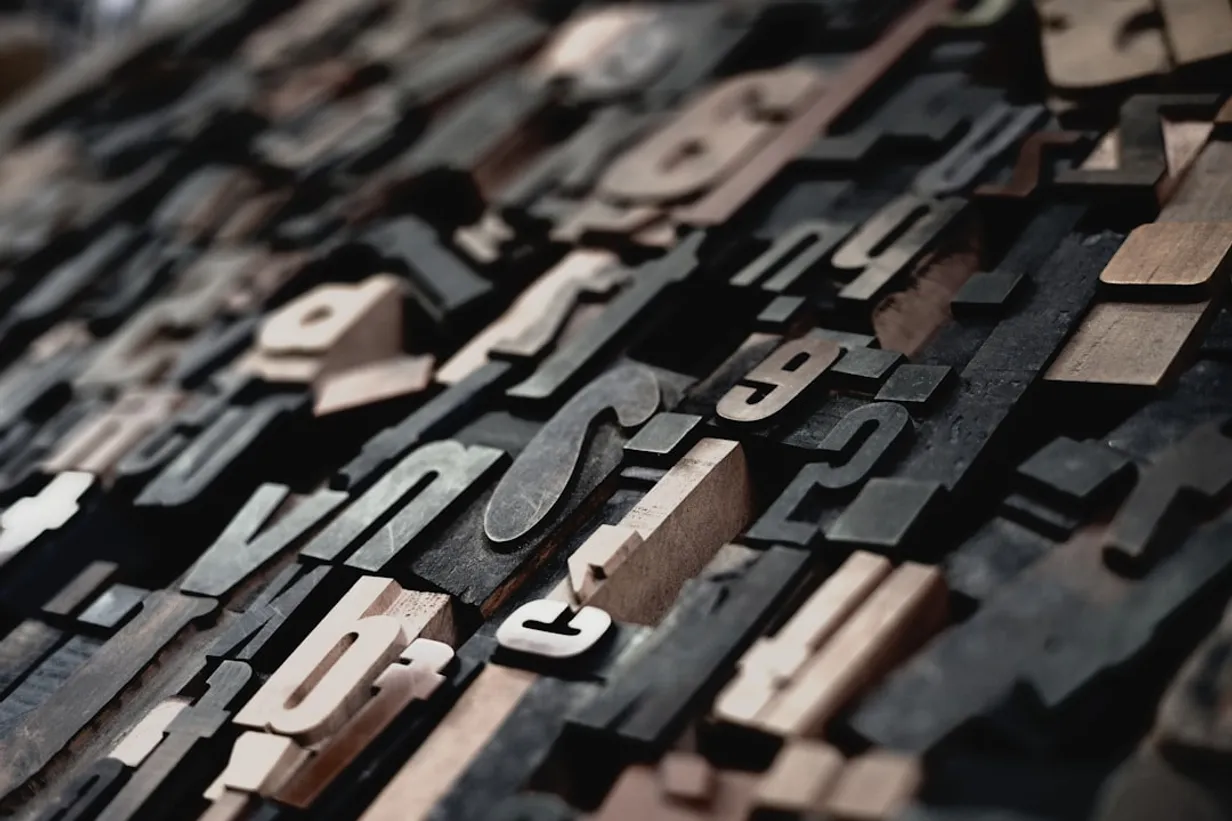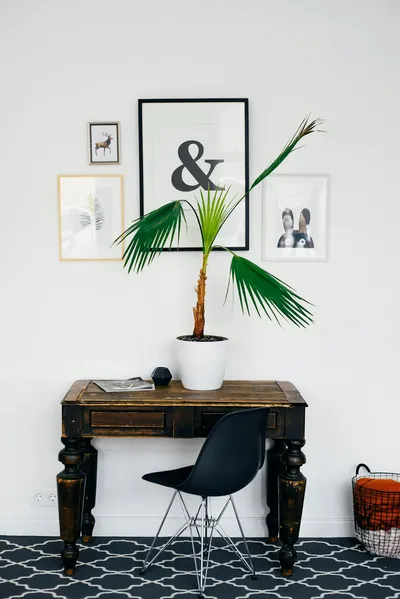Exploring the Beauty of Textural Design in Modern Interiors

Understanding Textural Design
Textural design is emerging as a leading trend in interior design, captivating homeowners and designers with its depth and allure. It focuses on the integration of various textures to create visually exciting and tactilely engaging spaces. This approach goes beyond the visual elements and invites residents and visitors to interact with their environment on multiple sensory levels.
The Elements of Texture
Incorporating diverse textures can profoundly change the ambiance of a room. Think of materials like velvet, wool, and reclaimed wood which add a rich, tactile quality to furnishings. Metal finishes, such as brass or chrome, introduce a sleek touch, while woven materials can create a sense of warmth and comfort.
Layering for Depth
Layering is a key concept in textural design. Start with larger surfaces like floor coverings and walls and build up through furniture, textiles, and smaller decor items. This method not only adds depth but also creates a cohesive environment while allowing individual textures to shine without overwhelming the space.
Incorporating Natural Materials
Natural elements are integral to achieving a textured look. Consider mixing stone surfaces with wooden accents or using rattan and leather for a more organic feel. These materials bring a piece of the natural world inside, adding tranquility and authenticity to interiors.
The Role of Color in Texture
While texture alone can elevate a room, the choice of colors significantly impacts the effectiveness of textural design. Neutral palettes create a harmonious backdrop, allowing textures to take center stage, while bold colors can highlight feature areas, drawing attention to specific details.
Textural Design in Different Rooms
Each room in your home can benefit from textural design. In the living room, consider plush sofas and textured rugs, whereas in the bedroom, layered bedding and tactile cushions can create a luxurious refuge. Even kitchens and bathrooms can embrace this trend through textured tiles and mixed-material fixtures.
Conclusion
Textural design is more than a fleeting trend; it represents an evolution in how we conceive interior spaces, prioritizing sensory engagement alongside visual appeal. By thoughtfully incorporating varied textiles and materials, you can create dynamic environments that are both personal and on-trend in 2024.
Popular Interior and Exterior Design Ideas
Check out our readers' favorite design ideas for both interior and exterior spaces. Explore top articles on transforming your home.

Incorporating Natural Elements in Exterior Design


